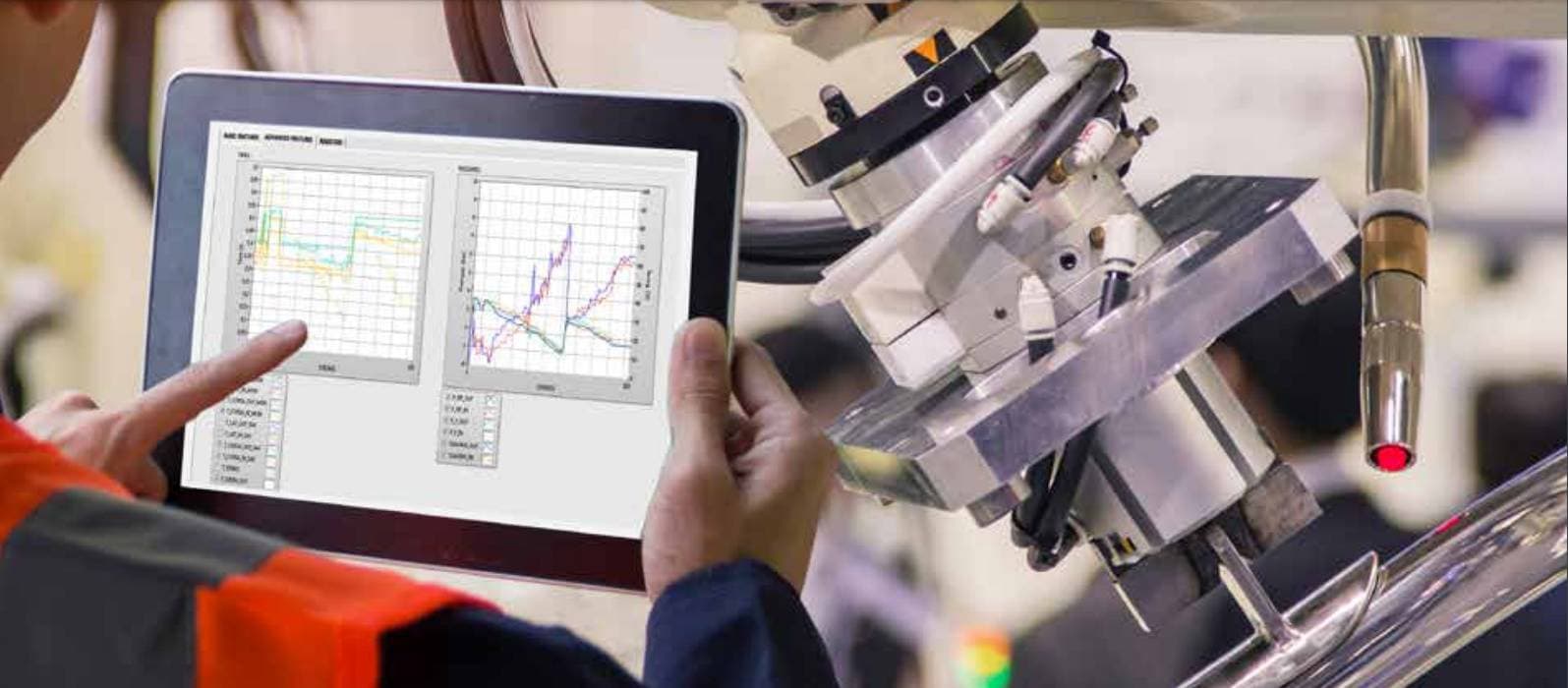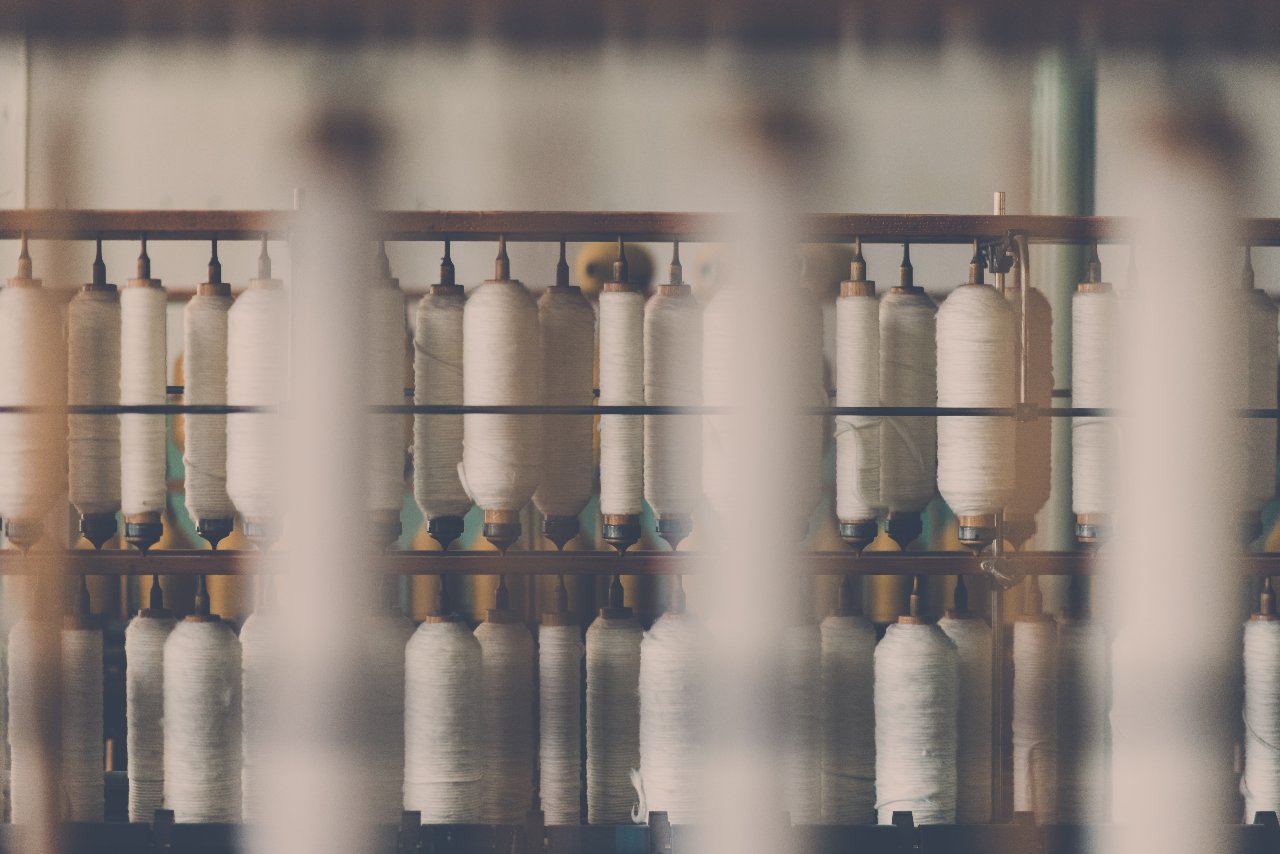Find out how to increase productivity and reduce costs thanks to the 10 questions that only designers’ engineers might ask.
Find out how to increase productivity and reduce costs thanks to the 10 questions that only designers’ engineers might ask.
Let’s start with a simple concept:
● The baker turns the flour into biscuits thanks to the yeast
● The tailor transforms the fabric into clothes thanks to the needle
● The painter transforms colours into a painting thanks to the brush
With the same principle …
The designer engineer transforms the pressure energy in the pneumatic system into kinetic energy thanks to the pneumatic cylinder.
Now that we know who to thank, however, we have a necessary premise: even the pneumatic cylinder suffers terrible injustices.
It would be nice to install the cylinders as we like but unfortunately, life is unfair even when we talk about cylinders, here are the things we recommend to avoid like the plague:
A cylinder can heat up considerably during operation and it is advisable to prevent external heat sources from increasing the temperature in order to exceed the allowed thresholds.
Strong tensions can lead to the creation and accumulation of electric charges of various kinds that could be released causing sparking or damage to things and people.
Always connect the appliance to the general earthing system, check that all the metal parts are electrically connected to each other if necessary, provide to install short-circuiting metal bridges.
In particular, make sure that the rod and the cylinder body are in any case independently connected to the ground or short-circuited to each other by external devices.
Tips: however, refer to the regulations in force for the construction and maintenance of earthing systems.
Now we come to our questions, once these conditions are established, we are ready to assemble our cylinder. BUT ….
1. Have we verified that the compressed air supply network meets the general requirements imposed by the permissible operating conditions?
The available pressure must be adequate for the intended use but it is also important to check the quality of the compressed air and if necessary, filters and dehumidifiers must be added.
2. Do we use appropriate fixing accessories?
We must carefully evaluate which accessories are best suited to our conditions of use. The accessories must fix the cylinder supporting not only the stresses generated by the cylinder itself but also the external ones, such as the vibrations coming from the machine or from the structure its self.
3. Is the installation area accessible?
We remind you that a cylinder is an item subject to wear and we will, therefore, have to foresee the possibility of carrying out periodic inspections, maintenance and eventually replacements.
4. Is the cylinder working area accessible during operation?
We must always keep in mind that the cylinder will generate movements often characterized by discrete power and high speed, which could be dangerous. We, therefore, try to provide protections or systems that prevent the voluntary or accidental access of things or people to the area of operation of the cylinder during its operation.
5. Am I working to minimize radial rod loads?
A pneumatic cylinder is not a structural element, it is a motor and will work better and longer if it is not subjected to radial loads which inevitably generate frictions and stresses that oppose the motion of the cylinder itself and which cause greater wear of the elements in relative scrolling. Avoiding applying external radial loads or using guides or pads, where necessary, will save a lot of headaches, but we must also remember that radial loads are also generated internally, for example in the event of misalignments or non-linear movements. A careful analysis of the mechanism, of the constraints and of internal stresses will allow us to choose the optimal configuration of fixings for our application and the use of articulated or self-aligning constraints allows us to compensate for misalignments due to tolerances and inaccuracies.
6. Are there violent impacts at the end of the race?
The cylinder should never reach the limit switch violently. In these cases, it would be good to provide external stops or brakes that prevent the cylinder from reaching the limit switch. If this is not possible, it would be good to use cylinders with adjustable pneumatic cushioning. In this case, however, we will need to adjust the appropriate adjustment screw with a manual key during installation. We remind you that excessive closing of the cushion could lead to vibrations or rebounds of the stem, in this case, we will have to reopen the adjustment screw until obtaining a fluid deceleration and without skips.
7. Am I careful when handling the stem?
The surface of the cylinder stem is delicate. When we handle a cylinder, we try as much as possible to work by keeping the stem in the retracted position. In any case, we avoid using pliers, keys or other tools on the sealing surface. Scratches or imperfections can cause immediate leaks but also damage the seals progressively.
8. Can I open a cylinder?
Absolutely not. The head-tube fixing nuts or bolts should never be handled. We remind you that this is a pressurized mechanism and that tampering or improper interventions can be dangerous. Opening and closing a cylinder is also a delicate operation that must always be carried out by qualified personnel.
9. Can I install flow regulators?
In order to limit the speed of the cylinder, it is possible to use flow regulators but care must be taken not to overtighten the cylinder. An airflow rate that is not suitable for the cylinder size can lead to instability of the motion (skips) but also to important power losses due to the temporary malfunction of the gaskets. In general, it is advisable to use unidirectional flow regulators that reduce the discharge of the cylinder and not the power supply.
10. Are there other aspects to consider?
Yes.
And the answer concerns one of the best-kept secrets of the last 20 years.
One of those secrets that could simplify your production process for:
● save you even more time;
● make you earn even more;
● build machinery that lasts over time and requires less maintenance.
Please, contact us for more information!





